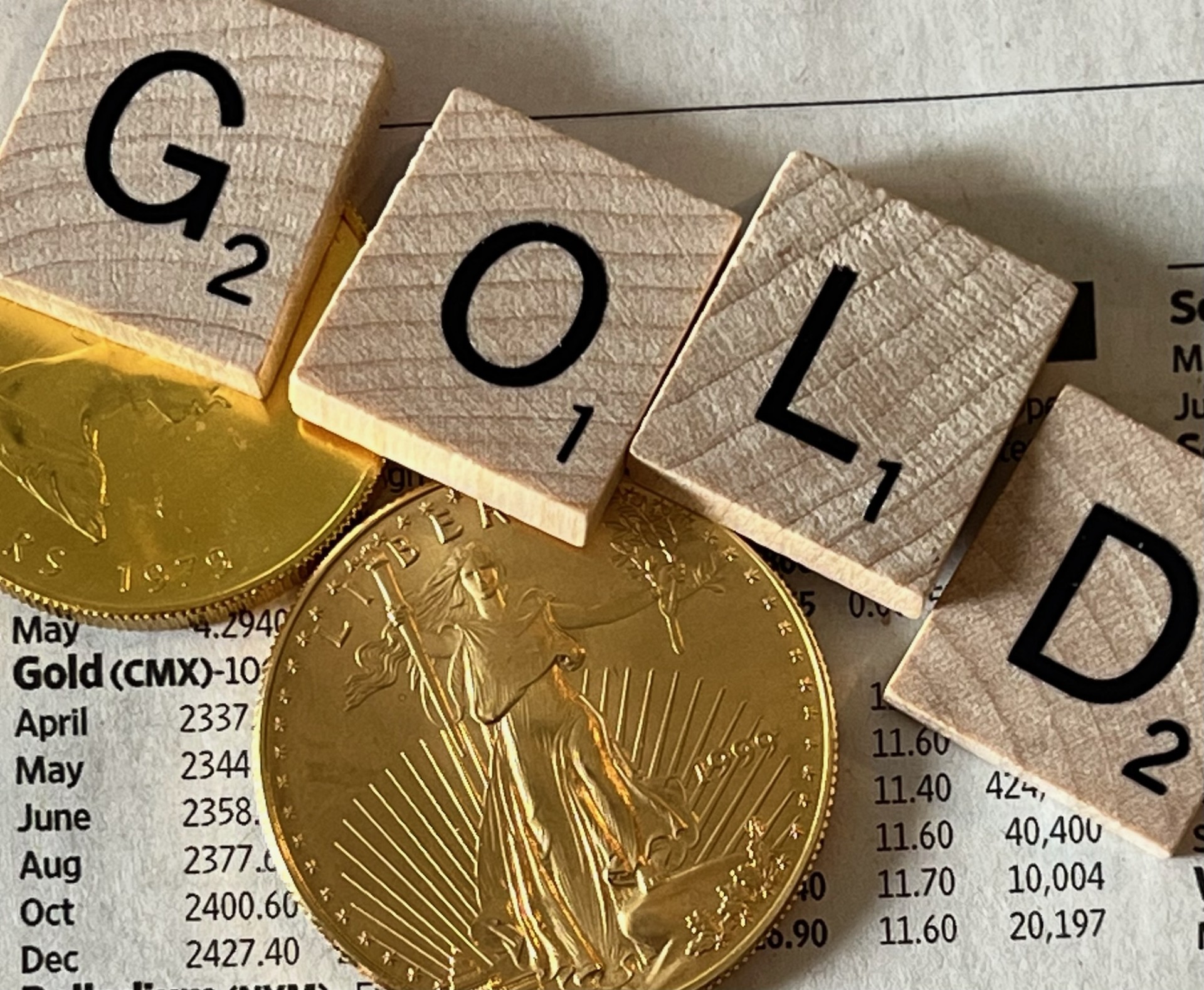
Gold has proven itself over and over to be the world’s true reserve asset. Bitcoin has also surged in value, and even risen drastically more than gold over the last decade, but central banks and asset managers have always leaned into gold as the true safe haven asset. Now that gold is above $3,350 the question that needs to be asked is whether or not the same buyers of gold or new buyers of gold will be needed to drive gold toward $4,000 per ounce as 2026 comes into focus.
Central banks have been on a gold-buying spree in recent years. In fact, a report from the European Central Bank showed that central banks now have gold only second as their biggest reserve asset in value behind the U.S. dollar. The report has warned that central banks will probably continue buying gold ahead, but at a slower pace.
Overall, central bank gold buying remained at record highs in 2024 with total gold demand reaching more than 20% of global demand. This was closer to 10% on average in the 2010s. The ECB pointed out that gold is not just being held by central banks primarily for diversification purposes — it’s also being held to hedge against geopolitical risk (i.e. Russia/Ukraine and other current and brewing conflicts). Also noted for top reasons for gold demand by central banks: “concerns about sanctions” and “anticipation of changes in the international monetary system.”
And while gold demand could wane from central banks if gold prices remain too high, a fresh report from Goldman Sachs pointed out in May/2025 that some central banks are way behind in their gold reserves as a total percentage of reserves. That Goldman Sachs report cited that China holds less than 10% of its reserves in gold versus more than 70% for the US, Germany, France, and Italy. The firm also noted that demand from central banks, particularly in emerging markets, should give gold prices an ongoing boost.
A separate report from the World Gold Council showed that gold demand from ETFs was much stronger than the central banking demand. Central bank purchases of gold fell 33% at 244t in Q1-2025 versus Q4-2024. And while China has been a big buyer in recent years, even Chinese purchases have slowed handily. The key players for gold in Q1-2025 came from a sharp revival in gold ETFs more than doubling total investment demand to 552t. That ETF demand was shown to be up 170% from Q1-2024 and was the strongest demand since Q1-2022.
BEYOND MAJOR DEMAND
Jewelry demand for fabrication and consumptions was very weak in Q1-2025 due to the surge in gold prices. Investment and ETF demand more than made up the difference. While this is difficult to forecast, it could be assumed that if investors and central banks were to ease their demand ahead that jewelry buyers might again warm up to using more gold.
ALSO READ: LEARNING TO IDENTIFY “TYPES” OF BEAR MARKETS COULD SAVE YOUR ASS(ETS)!
And back to Goldman Sachs for a moment… It points out how small gold is relative to other asset classes with global gold ETF holdings worth only about 1% of outstanding US Treasuries and only 0.5% of the S&P500’s market cap. The firm continues to see central bank demand and investor demand combined as the key drivers that will send gold much higher. It said:
“While the key factor since 2022 used to be central bank buying alone, ETF investors are now joining the gold rally. As both compete for the same bullion, we are expecting gold prices to rise even further.”
It’s also time to prove the worth of the world’s largest gold ETFs. These are nearing $150 billion alone in total assets under management. The SPDR Gold Shares (NYSEArca: GLD) had assets approaching $100 billion on last look. The June 11, 2025 assets under management were shown as $99.99569 billion. The iShares Gold Trust (NYSEArca: IAU) was last seen holding $46.275 billion in assets.
WALL STREET FORECASTS FOR GOLD
Tracking the outlook for gold prices can be tricky because not every forecast and brokerage firms’ reports are published with public (non-client) access. While some of these forecasts may have already changed, this a summary of the outlooks tracked by Tactical Bulls at major firms in Q2-2025:
- BofA had expected gold to trade between $3000 and $3100 in 2025 and $3,350 in 2026.
- Citi has raised its forecast to $3,500 for 2025 but remains cautious longer-term.
- Goldman Sachs has a forecast that gold could reach $3,700 over 2025 and then hit $4,000 in 2026.
- JPMorgan has forecast that gold should reach an average of $3,675 by the end of 2025 and should cross 44,000 by mid-2026.
- UBS has a $3,500 price target for gold in 2025.
GOLD MINING COSTS
Gold investors from central banks to bullion buyers to ETF buyers alike all need to pay attention to gold miners’ all-in sustaining cost (AISC). This has risen continuously as the costs to extract each ounce of gold keep rising. Newmont Corporation (NYSE: NEM) has shown that its AISC reached $1,650 per ounce in 2025, while Barrick Mining Corporation (NYSE: B) reported that its Q1-2025 AISC was $1,775 per ounce. Newmont ($59 billion) and Barrick ($35 billion) are the largest miners and producers of gold in the U.S. equity markets. They have seen their AISC continue to rise over time as the cost of mining is not just based on labor. Environmental costs, equipment costs and ongoing efforts to find new sources of quality gold deposits all contributed. Gold mining in the modern era just isn’t like it was in the old days when mines were dug looking for a mother lode.
Reports cited for this summary and outlook:
ECB report
World Gold Council report
Goldman Sachs report
Categories: Economy, Investing, Personal Finance